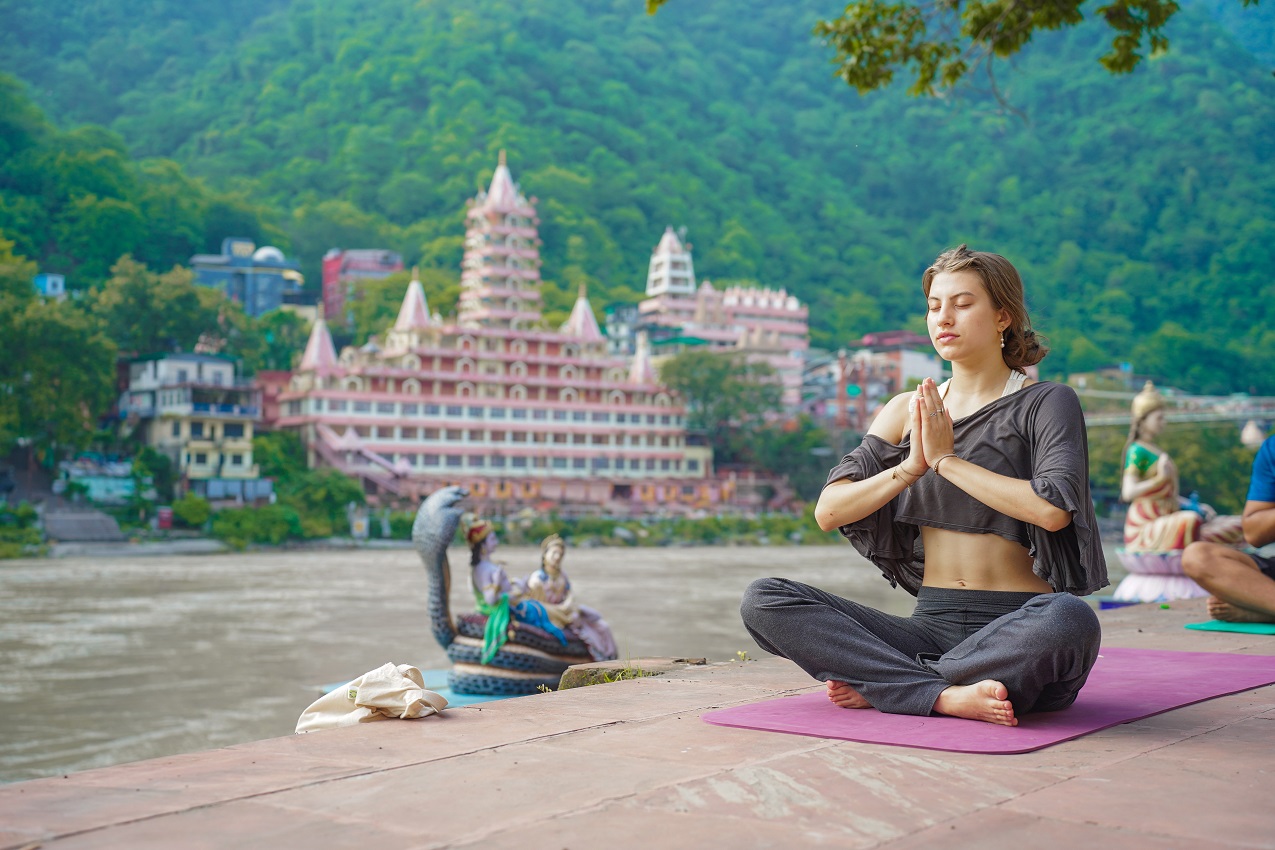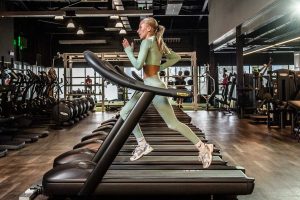Pranayamma
Prana means vital energy or life force and Yama means to control your actions.
Pranyamma is generally defined as breath control.
Human body is made up of 72,000 nadis, so this control breathing helps us to send prana to each of these naadis ( we can say it’s a state where your naadis sense an adrenaline rush) We have a few pranayamma techinques to control our lives, like for instance Suryabeda helps us to heat our bodies during Cold winters and Sheetali to reduce the body heat.
Lets get our hands on a few practices to perform as a beginner in Yoga teacher training in rishikesh.
We breathe roughly around 22,000 times a day but the real question is how many times are we aware of this breathing?
10 minutes of conscious breathing will eventually make you aware of these involuntary movements of our body.
Key Takeaways:
- Pranayama means controlling the life force (prana) through conscious breathing, benefiting the 72,000 nadis (energy channels) in the body.
- Yogic Breathing (Abdominal, Thoracic, and Clavicular) improves oxygen intake, corrects poor breathing habits, and builds breath awareness.
- Kapalabhati is a cleansing technique (Shatkarma) that focuses on forceful exhalations to clear the nasal passages and energize the mind.
- Anulom Vilom (Alternate Nostril Breathing) balances the body’s energy channels (Ida and Pingala Nadis) and promotes relaxation.
- Practicing just 10 minutes of conscious breathing daily can significantly enhance breath awareness and overall vitality.
Yogic Breathing
Yogic breathing combines the three breathing techniques (Abdominal, Thoracic, clavicular )
Here we try to perform maximum inhalation and exhalation.
The purpose is to gain control of the breath, correct poor breathing habits and increase oxygen intake.’=
How to perform:
Sit in a meditation posture ( Sukh asana, vajrasana ) or lie down in Shavasana and relax the whole body.
Inhale slowly and deeply
Observe you inhalation that passes through your nostrils, throat, chest and expands abdomen.
Try to breathe so slowly that little sound or no sound is heard.
Now once your abdominal is fully and expansion of ribs are observed.
Exhale from the neck, throat, chest ,empty the lungs as much as pulling the abdomen walls to the spine.
This completes one Round.
Hold the breath for a few seconds at the end of each exhalation.
Practice 5 – 10 rounds and slowly increase to 10minutes daily.
Benefits : Engages complete diaphragm, clears nostrils blockages and can be performed by everyone. By now you can observe that you are able to inhale and exhale at the deeper level and find the pathway of breath clear with longer and deeper inhalation exhalation.
Kapalabatti ( Frontal Brain Cleansing Breath)
Kalpalabatti is a Shatkarma rather than a pranyamma itself.
Shatkarmas are practices to cleans your body.
How to perform:
Sit in a comfortable position, head and spine should be straight.
Exhale to both the nostrils completely.
Now start with forceul exhalations and inhalation should take place passively by allowing abdominal muscles to relax.
Inhalation should be spontaneous recoil requiring no effort.
Exhale rapidly for 10 – 50 rounds and then exhale completely and allow your breathe to return normal.
This completes one round.
Practice 5 such rounds.
Benefits : Helps to clear Mucus from the nasal passage and cleanses lungs and is also a good practice for respiratory organs.
Tones digestive organs, engeries mind and removes slpeepiness.
Contradictions : Should not be performed by those suppering from heart diseases, high blood pressure, virtigo, epilepsy, stroke and gastric ulcer.
Not recommended during Pregnancy.
Anulom Vilom Pranayamma ( Alternate Nostril breathing)
In pranyamma practice, particulary in alternative nostril and Nadi shodana pranyamma we typically exhake from the left nostril because in yogic tradition, the Ida nadi is associated with left nostril and Pingal Nadi to right and Shushbana Nadi to the Center.
The DNA coil like structure that we see is formed by these there Nadis,
The Ida Nadi balances the feminie energy which promotes a calming and relaxed state making it suitable to begin a breathing practice focusing on relaxation and balance.
How to perform:
Sit in crossed leg position also known as Sukh Asana or preferably padmanasa or Siddha yoni asana.
Place your right hand thumb on right nostril blocking any airway gently and place ring pinger on left nostril and little finger relaxed, you can place your index and middle finger in-between your eyebrows or gently relax them.
Close right nostril with thumb.
Always exhale from the left before starting the round.
The rate of exhalation and inhalation should be normal, inhale from the left blocking the left nostril exhale from the right.
Exhale from the right and inhale from the right closing the right nostril, exhale from the left.
This completes one round.
Practice 3- 5 minutes making sure there is no sound and the inhalation and exhalation are in the same ratio 1:1 as a beginner and increase the ratio of exhalation to 1:2 and so on.”
Can beginners practice all these pranayamas?
Yes, but beginners should start gently, especially with Kapalabhati, and avoid it if they have specific health conditions like heart issues or high blood pressure.
Why is conscious breathing important?
Conscious breathing helps regulate involuntary breath patterns, improves mental focus, reduces stress, and strengthens respiratory and nervous systems.
Can beginners practice all these pranayamas?
Ideally, daily. Start with 5–10 minutes and gradually increase based on your comfort level and under the guidance of a qualified teacher, especially during training in places like Rishikesh.

